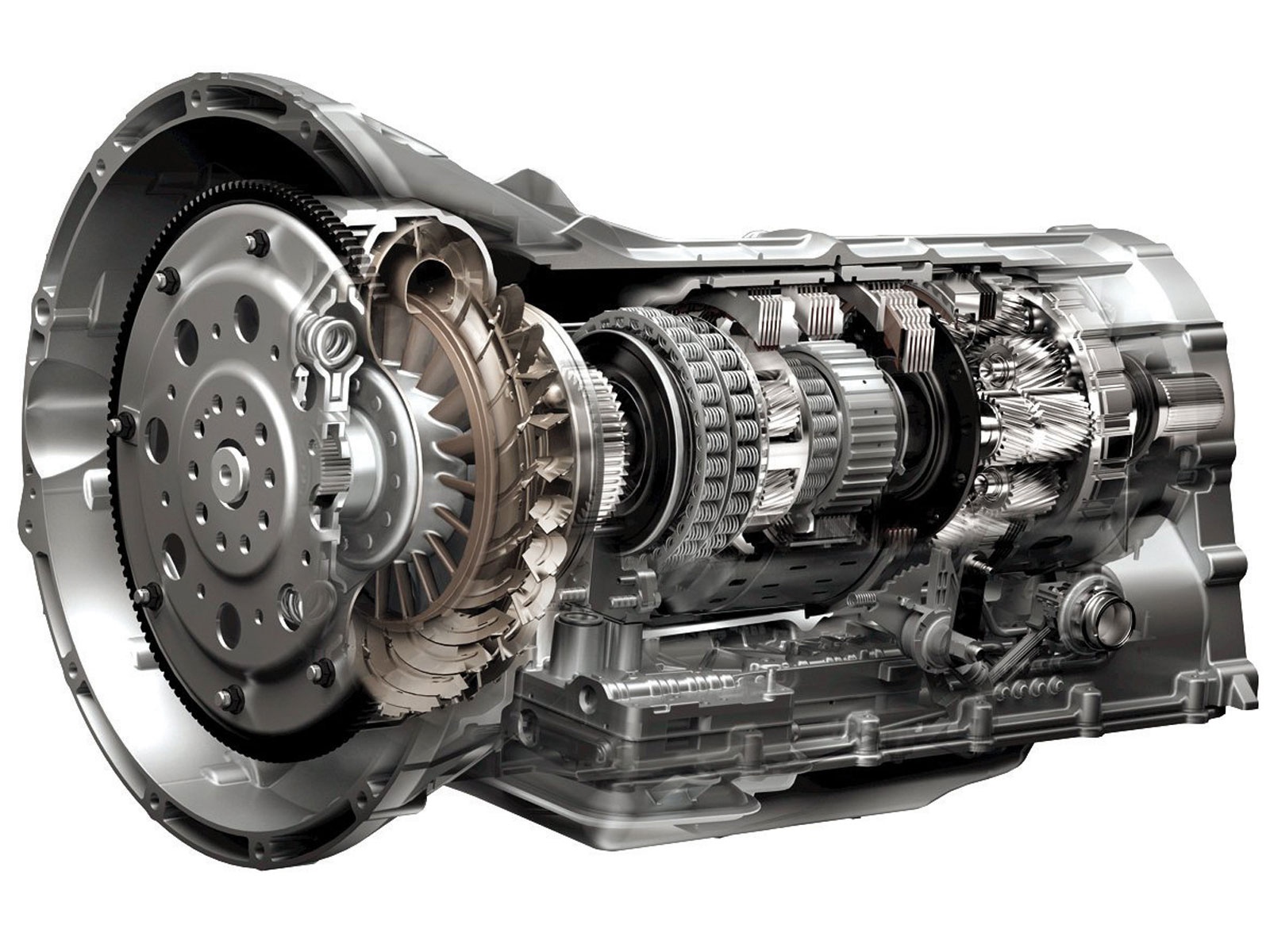When choosing a car, one of the most important choices is picking the type of transmission the vehicle will have. In the past, this meant choosing one of two types: a manual transmission, also call a “standard” or a “stick-shift,” or an automatic.
Times have changed.
Now, the choices have multiplied as new technology seeps into every corner of our cars. Add in electric vehicles and their specialized transmissions, and things can get downright complicated.
Before we wade in to what kind of transmission does what and how, here a quick overview of what a “transmission” actually does for readers who might not have grown up with Porsche and Ferrari posters on their walls.
The transmission in a car (or any motorized wheeled vehicle) is a system of gears that literally “transmits” the power generated by the engine to the wheels that drive the vehicle forward. Figuratively and often physically located between the engine and the wheels, it’s a sort of middleman in the process that makes a car move, and it’s a complicated piece of machinery.
Let’s start with the basic one:
Manual
With advancement in modern technology, the manual transmission is fast becoming archaic. The manual transmission is gradually losing its popularity due to the additional step needed to operate the vehicle which is the engagement of the clutch. The manual transmission however is still found in many high performance vehicles and is still well revered by the purists.
Sequential Manual
Commonly mislabelled as a ‘clutchless’ manual system due to the lack of a clutch, the sequential manual transmission is a mainstay in supercars. However in truth, this system does utilize a clutch. But instead of using your left foot to manually engage the clutch, an electronically controlled hydraulic actuated clutch system is used. All the driver has to do is engage the first gear and floor the gas pedal to move off while the system does the rest of the work.
Automatic
Replacing the manual as the popular transmission of choice is the ubiquitously found automatic transmission. This simple transmission option is the most popular of all as it is pretty much a straight forward and simple to use transmission with nothing fancy. Traditionally, automatics feature four forward gears, but with the advancement of technology, one can find five, six or even seven forward ratios in an automatic transmission these days in the newer cars. The automatic transmission operates via a gear lever that runs through the traditional ‘P-R-N-D’ configuration.
Semi-Automatic
Porsche further advanced the automatic system with its proprietary Tiptronic system, an automatic transmission with a manual override function that allows the driver to select his or her own gears for a more engaging drive. This transmission features an additional ‘+/-‘ slot on the transmission gate. Newer cars even have steering wheel mounted paddle shifters for that purpose.
CVT
The CVT or Continuously Variable Transmission, uses belts and pulleys instead of the conventional gears in the traditional automatic transmission. CVT as its full name suggests, varies the car’s transmission ratios progressively. This allows the engine to rev at its most optimum performance range, making it a very fuel efficient transmission that offers better performance as compared to the torque converter automatics. Some CVTs also have the ‘+/-‘ manual override function.
Dual/Twin Clutch
Back in 2003, the Volkswagen Audi Group (VAG) presented to the world their take on the sequential manual gearbox. Called the Direct Shift Gearbox or DSG for short, this system utilizes two clutches for seamlessly quick gear changes. And over time, many other car manufacturers have jumped onto the dual clutch bandwagon with their own versions. Basically, the twin clutch transmission offers the function of two gearboxes into one. This system basically has two transmission shafts, an inner and an outer. The inner shaft works on the odd number gears while the outer one works for the even numbered ratios. With two clutches, gear change is always swift and discreet. As power is transferred permanently to one of the shafts, the other waits in tow with a pre-selected gear.

What type of transmission is the best?
by
Tags:
